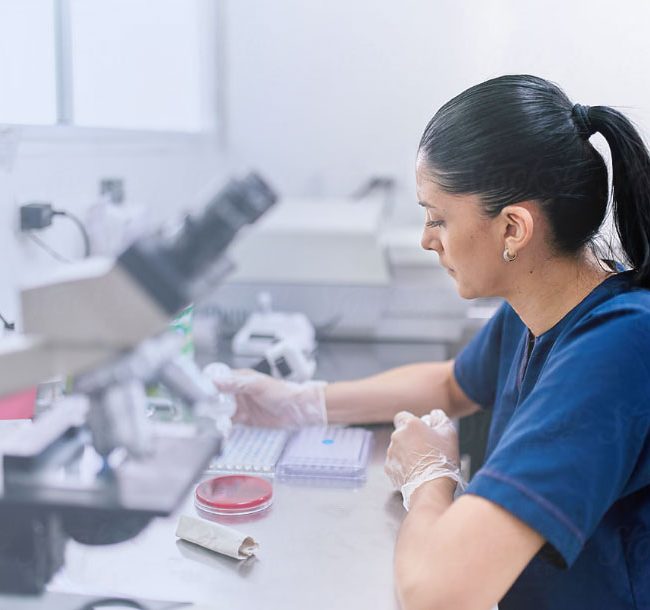CE Marking
As required by regulations, CE marking certificates are mandatory to put medical devices on the European market. GMED, as a notified body, identification number CE 0459, supports you through the certification process, sharing with you its expertise and know-how in the medical device industry.

Sections
Authorized to act as a notified body under the European Regulation (EU) 2017/745 on medical devices and the European Regulation (EU) 2017/746 on in vitro diagnostic medical devices, GMED certifies a vast range of medical devices.
Since May 26th, 2021, and in accordance to article 120 of Regulation (EU) 2017/745, GMED continues to be responsible of the appropriate surveillance regarding all requirements applicable to devices benefiting from a valid certificate issued by GMED according to the directive.
The full range of GMED’s work is available on the European Commission’s official website via the NANDO (New Approach Notified and Designated Organisations) information system.
Certification Process
- Collection of information from the manufacturer
- Information analysis
- Quote preparation and issuance
- Planning and preparation for assessment activities
- Assessment activities completion, including any special procedures needed
- Interim report issuance to the company
- Action plan submission by the company, if needed
- Action plan analysis
- Report finalization and communication to the company
- Surveillance activities
- Control activities

- Quote and contract signature
- Application file submission by the manufacturer
- Application file review
- Assessment results review
- Decision
- Decision communication and recording in EUDAMED, when the database will be operational
- Certificate(s) issuance, if favorable results
CE Marking:
6 Key elements

As required by medical device regulations, products that may be placed on the market or put into service must first meet applicable regulatory requirements.
In order to demonstrate that its device meets regulatory requirements, thereby guaranteeing both the claimed performance and the safety of patients and users, the manufacturer must demonstrate that its device conforms to safety and performance requirements set out in the applicable regulatory texts.
The manufacturer must address each applicable requirement and submit evidence demonstrating conformity.
Before applying for certification, the manufacturer must identify the class of its medical device in order to determine which requirements apply. The device class is determined using classification rules laid out in Regulation (EU) 2017/745 on medical devices or Regulation (EU) 2017/746 on in vitro diagnostic medical devices. Classification is determined based on the device’s intended use, characteristics and inherent risks.
Identifying the device class helps the manufacturer determine which conformity assessment procedure should apply. In other words, it helps the manufacturer determine which route to take to meet applicable requirements and demonstrate conformity with the applicable regulation.
The manufacturer must choose and implement a conformity assessment procedure in order to demonstrate the conformity of its products before placing them on the market or putting them into service. European Regulations (EU) 2017/745 and 2017/746 lay out the rules to follow to choose the required conformity assessment procedure.
The assessment procedure is determined based on the device’s intended use, risk class and characteristics, and depending on the manufacturer’s choice to set up a quality assurance system (complete or not).
Once the required assessment procedure has been determined, the manufacturer meets the corresponding requirements and ensures that proof of conformity is available.
Though some class I or class A devices may be self-certified by the manufacturer, other device classes require a notified body to assess the evidence implemented by the company for the applied conformity assessment procedure.
Depending on the results of the conformity assessment, a certificate is issued. A certificate is required before putting the relevant medical device(s) on the market.
After the certification is issued and before its renewal, GMED conducts surveillance and control activities, following a process similar to that described above. These services are conducted taking into account the manufacturer’s strategy to market its medical devices, any changes made to its devices or its quality management system, the results of services previously performed, but also in consideration of any changes in regulations or standards.
As required by the applicable European Regulation, the manufacturer shall establish and keep updated technical documentation that must demonstrate conformity of the device with regulatory safety and performance requirements.
The technical documentation must cover all of the product’s life cycle, from the device’s design to its disposal, and include proof of conformity for each applicable regulatory provision.
The technical documentation allows the manufacturer to provide all the information about the device for its own use. This documentation remains available to authorities and to GMED in the framework of conformity assessment applications.
The purpose of establishing technical documentation, then, is to clearly present the device, its characteristics and its expected performance, so that organizations independent from the company can easily and fully understand the evidence of conformity. Evidence (validations, test reports and other documents) is an integral part of technical documentation.
In accordance with regulatory requirements, the manufacturer must establish a UE declaration of conformity for its device before placing it on the market or putting it into service.
The declaration of conformity is a document issued by the manufacturer, under its sole responsibility, attesting that its product fulfills the provisions of the applicable regulation and any other applicable regulations.
Once all the conditions laid out above have been met and the notified body has issued a CE marking certificate, the manufacturer can affix the CE marking to the device in question, which allows the manufacturer to place it on the market or put it into service.
Standard Fees
Applicable fees for activities managed by GMED French offices
Focus on Medical Devices
CE Marking
GMED is a notified body renowned for its experience and know-how across all types of medical devices
